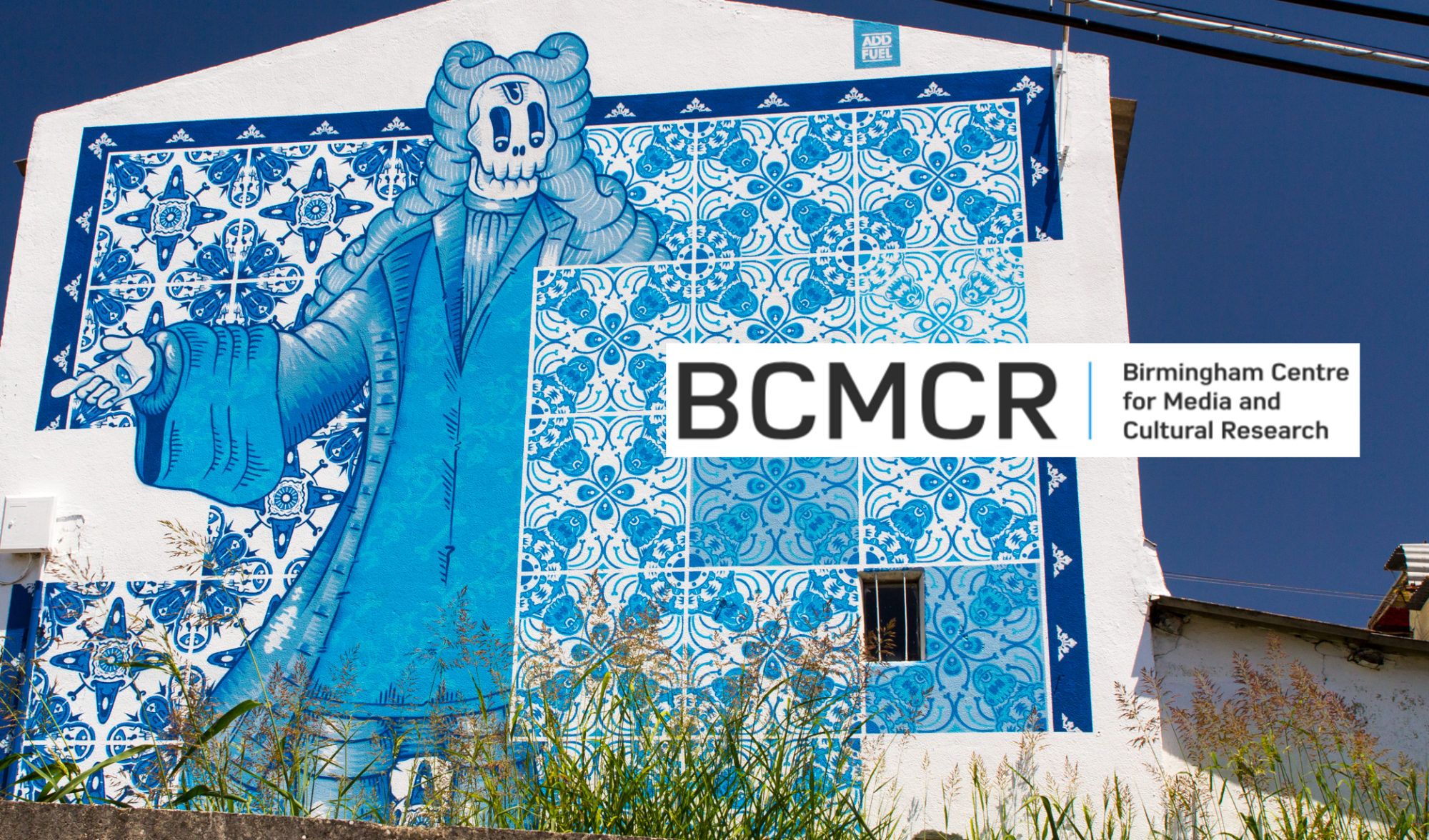Dima presented her talk as part of the Seminar Series. You can find part 1 here and part 2 here.
The Stockholm Roundtable
The change in the Syrian Archive’s focus due to a change in the environment/infrastructure which they had no control over prompted us to rethink our ‘Channelling image activism’ theme, from purely considering the political economy of the infrastructure that supports image-activism in the MENA region, to a new focus on the disappearing archives of the Syrian war.
So we decided to use the project’s resources to convene a roundtable in Stockholm in February to discuss the issue of take downs, mapping out the costs of the Syrian activists’ over-reliance on technological platforms they haven’t developed nor designed, and over which they have no control.
The aim of the closed meeting was also to think whether there is value in setting up an academic network of partners in the UK/and Europe to support the Syrian Archive in their discussions with YouTube > in that sense, it was a really good opportunity to discuss the potential contribution that academic research could make to ongoing discussions, within non-academic, activist and civil society circles, of the disappearing archives of the Syrian war.
Problems with the digital
Despite the promise of the digital – especially in post-2011 MENA region; there seems to be a consensus among scholars, that the digital is in fact an unstable source, constantly liable to decay and collapse. I’ve written about this in an article that Paul and I published last year in Archives and Records.
So despite the fact that the promise and persuasiveness of the digital has pushed the limits of memory, and has given remembering a whole new potential, it has also created new risks, ones Andrew Hoskins refers to as ‘the perpetual hauntings of the loss of control’ due to the unknowable workings and vulnerabilities of the network. He notes that ‘what was once an active memory, a human memory that had to work to sustain a continuity of past – of identity, of place, of relationships – is fundamentally weakened with the shift from reliance to dependency on the search devices of our machines.’
This dependency on algorithms and its costs for the constitution and preservation of a memory of the Syria war was in fact at the very heart of our Stockholm discussions.
Changes to YouTube
Overthe summer of 2017, YouTube introduced a machine-learning-based algorithm to flag videos for terms of service (ToS)-related violations. The algorithm’s purpose was to expedite the removal of propaganda videos that extremist groups like ISIS had posted—but it flagged a large volume of activist content for removal, too. Within a few days, some 900 Syria-related channels disappeared off the platform.
Between September and December, some 68 YouTube channels that the Syrian Archive had been tracking were taken offline, comprising over 400,000 videos.
Given the success of jihadist groups in the online environment, this impulse to ramp up online censorship by taking down social media accounts and content is understandable, according to a report recently published by George Washington University’s Program on Extremism entitled ‘The travellers, American Jihadists in Syria and Iraq’,
The report in fact surveyed 64 American Jihadists who had travelled to Syrian and Iraq to fight alongside Islamic factions, which is the largest available sample to date. However, the report states that while there is no doubt that ease of access to jihadist propaganda online was a factor in many cases analyzed in the sample, there is little evidence to suggest that this was the primary motivation for their radicalisation or travel. Thus, while censorship efforts will continue, they should be done with an acknowledgement that the approach has several limitations.
Google and YouTube both know that their platforms host material of immense importance. Yet, it doesn’t seem like the companies have figured a way to balance the tension between automated enforcement and the preservation of human rights-related material and historical memory, something that might require more dramatic changes than just the restoration of a few deleted channels. This is where I think research could play a key role – at the Stockholm roundtable, we were able to identify the potential contribution academic empirical research could make in this context:
- Online/offline analogues: what happens between the time an individual is radicalised offline, and the creation of pro-Jihadist online content?
- Intra-cultural messaging: content analysis and/or surveying of the different available tech/social media platforms
- Applying social movement theory to get a better understanding of large group radicalisation
Here are some questions for the future:
- What do you do with 4 million videos documenting an ongoing conflict? Do you archive everything? If not, how do you choose what should stay and what could go?
- Questions of purpose & value of both citizen & institutional archiving practices in times of war
- Archiving as an academic pursuit; what implications for historical inquiry, for media scholars, for activists, archivists and historians?
Dima is Senior Researcher and Lecturer at the Birmingham Centre for Media and Cultural Research.
